
It is Biodiversity week at Sinai. We are committed to educating the children on climate change and empowering them to make a difference. The children are all enjoying a range of topics across the school including, growing, life cycles of animals, exploring different habitats, deforestation and caring for the planet. Our Nursery and Reception children were fully immersed in their learning today and enjoying all the provisions and resources on offer.
Below is a brief overview of what each year group will be doing:
Nursery
Class text: The Best Nest Contest
This book will help promote curiosity about animals, their habitats and the importance of biodiversity. The children will be enjoying a range of biodiversity themed activities in their indoor and outdoor learning spaces – such as making a nest, setting up a flower shop, exploring animals under the sea and counting out worms in a birds nest as well as digging in the soil in our mud kitchen.
Reception
Class text: Tad
This will allow the children to learn about the frog lifecycle and the different features it has at each stage. The children are being fully immersed in the topic of biodiversity at each table including creating their own ponds, describing what you might find in a pond using magnifying glasses and sequencing and explaining the life cycle of a frog. The children will also be creating their own pufferfish picture using fine motor skills on the ocean themed table tops.
Year 1
Class text: Senorita Mariposa
This story highlights a butterfly’s journey and the children will act out being a butterfly in flight. In Science the children will look at a butterfly’s life cycle and understand what it needs to survive. In Geography they will also use a simple map to trace the butterfly’s journey. In Art the children will be creating jellyfish out of recycled plastic bags.
Year 2
Class text: There’s a Rang-Tan in my bedroom
The children will be looking at the rainforest as a habitat and what happens when we cut down trees. They will be using persuasive language, repetition and rhyme to write simple poetic lines using a word bank of emotional and persuasive words. In Science they will explore how rainforest animals are suited to their environment and in Art they will be creating an octopus using paper chains for the tentacles.
Year 3
Class text: Wangari’s trees of peace
This book will encourage the children to think about caring for the environment and understand why planting trees is important. Children will use this book to write a letter to our local council. They will learn about deforestation and how trees help people, animals and the planet. They will be locating the world’s major forests and understand how people are protecting them. The sea creatures they are making are sea turtles and they will be using egg boxes to form the body of the turtles.
Year 4
Class text: We are water protectors
This book explores the theme of water protection. In Jewish Studies the children will look at Jewish teachings on caring for the environment and apply these teachings to modern climate issues. They will also be better understanding the water cycle and how pollution affects it. Using acrylic paints year 4 will all be making their own clownfish.
Year 5
Class text: The Brilliant Deep
The theme of this book is the coral reefs and their importance in the ecosystem. Children will be using the book to write non chronological reports. In Science the children will be investigating the importance of coral reefs, how they support life and how human activity affects them. The children will be trying their hand at tie dye to create colourful stingrays.
Year 6
Class text: Climate Rebels
This book looks at how individuals have made an impact in the fight against climate change. The children will be discussing the stories of real people and how their innovation and courage affected positive change. Children will be writing persuasive articles. The children will be investigating how pollution and climate change affect biodiversity, looking at microplastics and conduct an experiment submerging plastics in water and observe them over time and note down their observations. The children will be using their watercolour skills to create crab paintings.

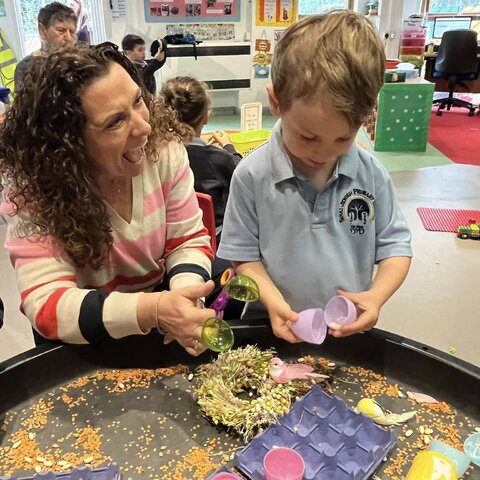
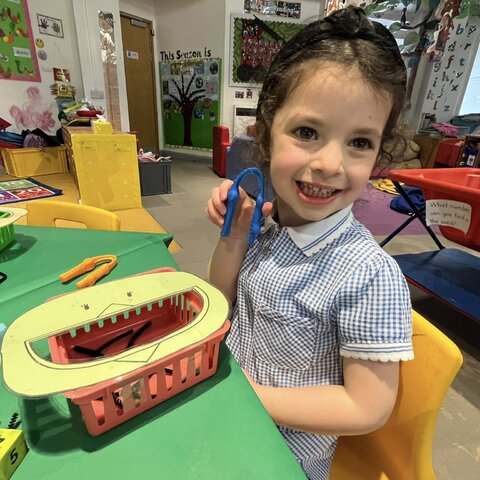
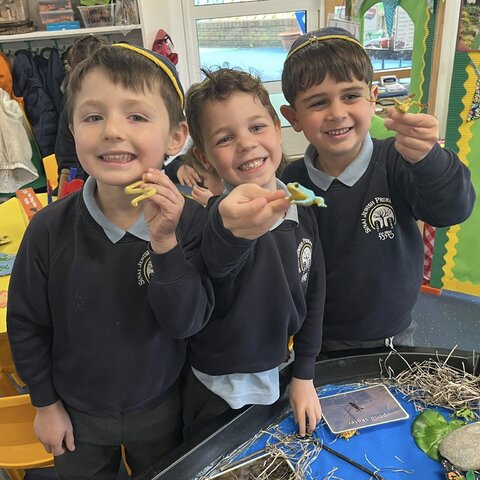
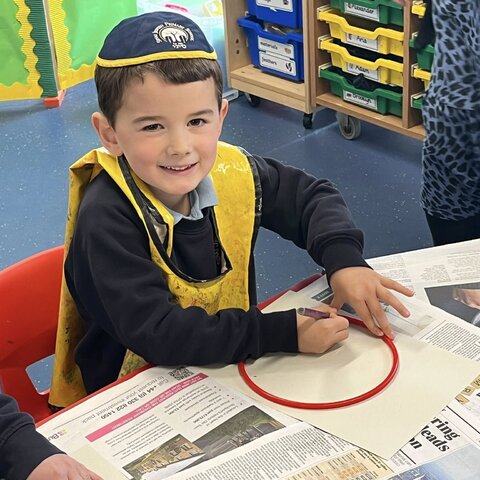
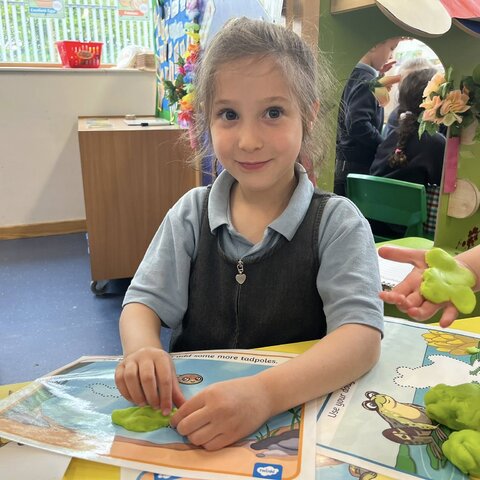
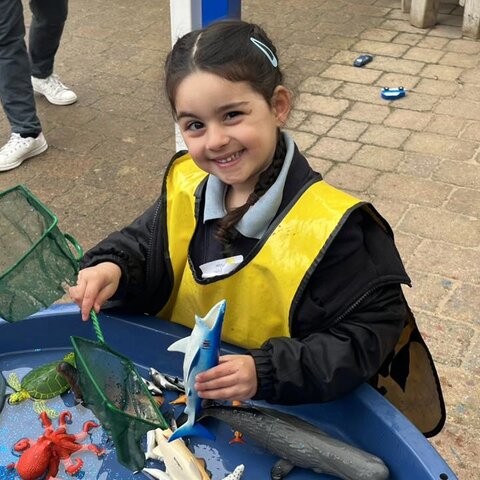
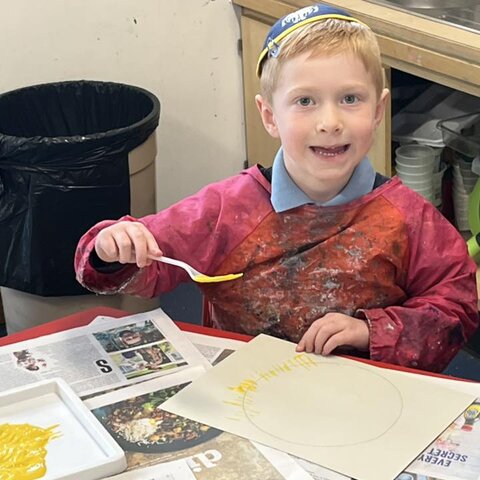
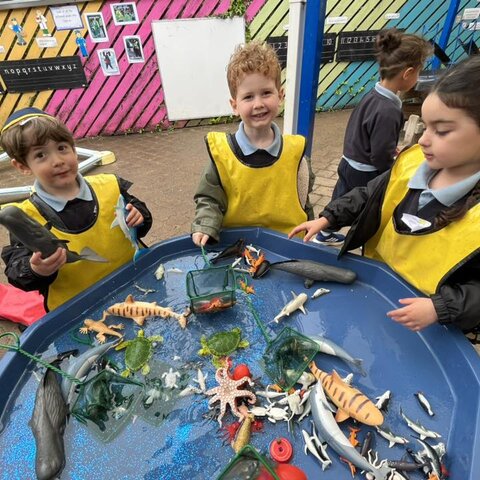
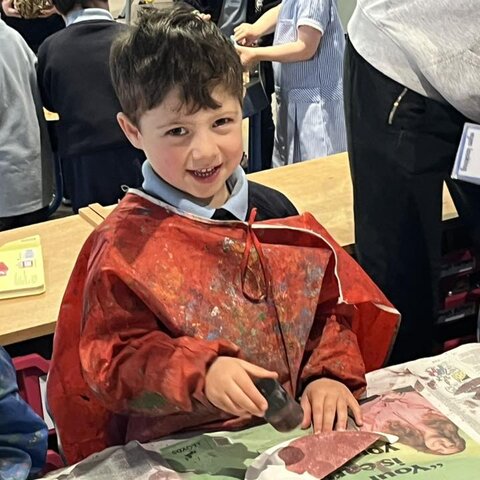
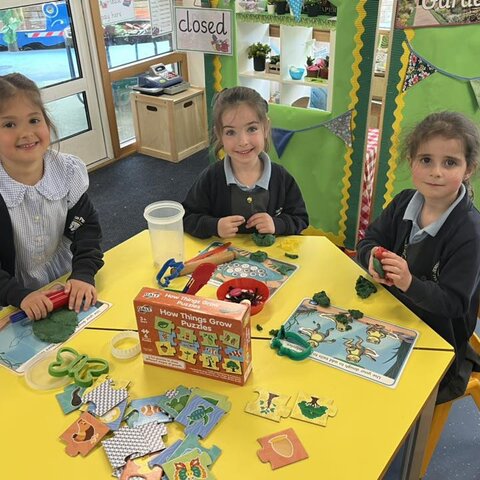
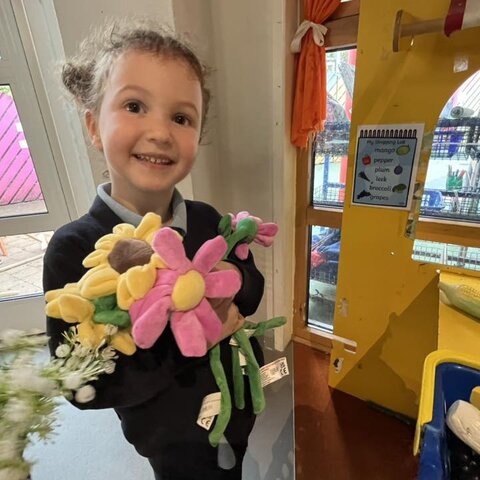
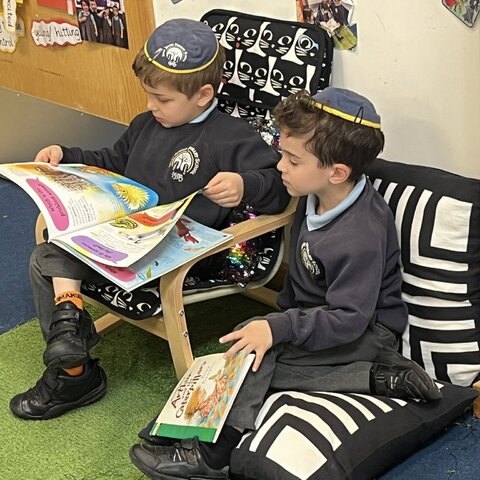
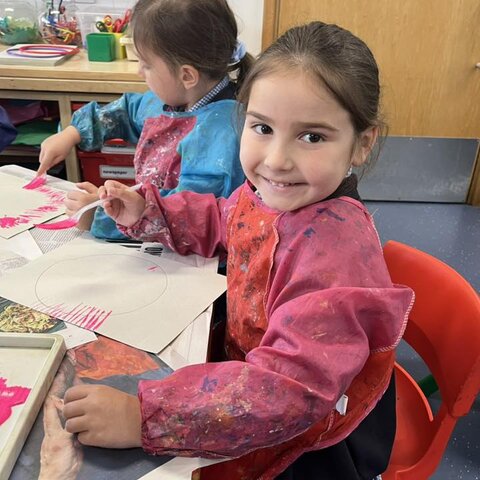



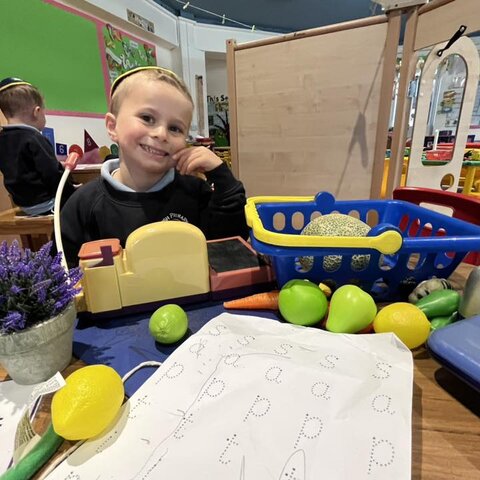
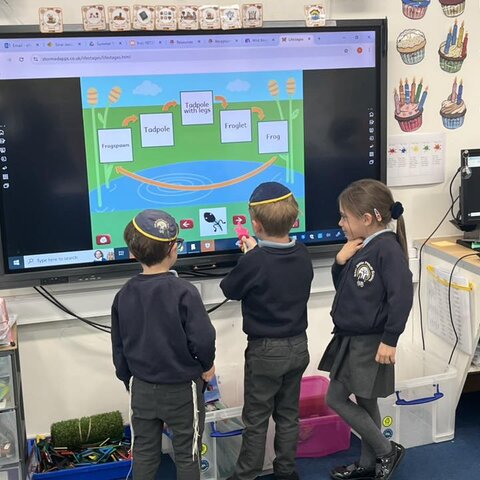

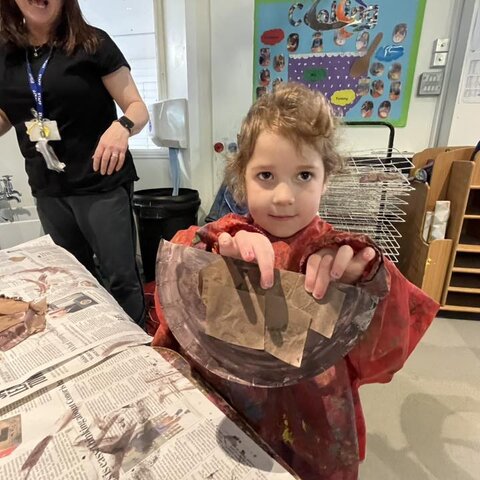
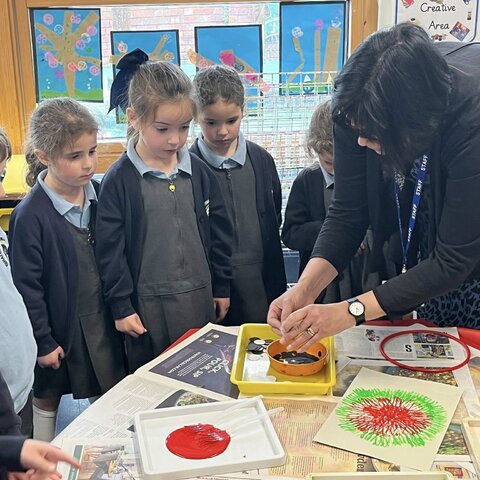
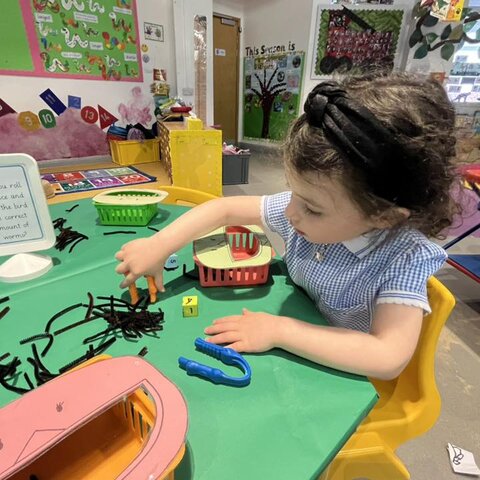
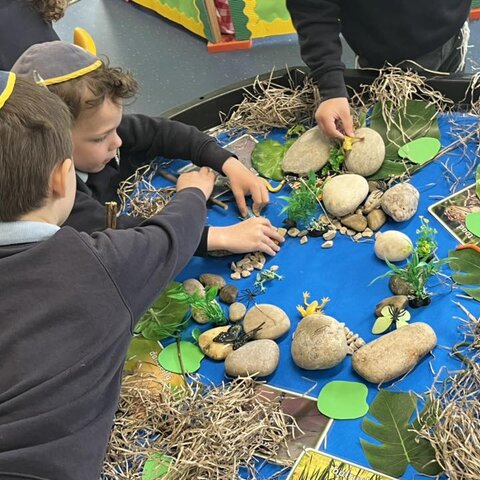
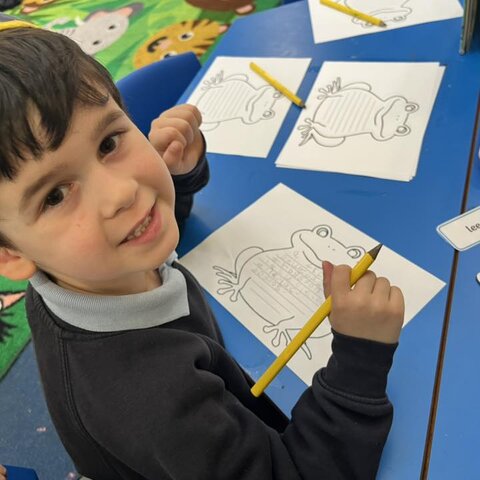
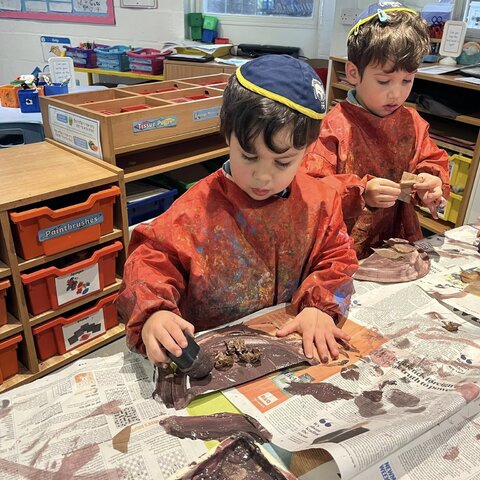
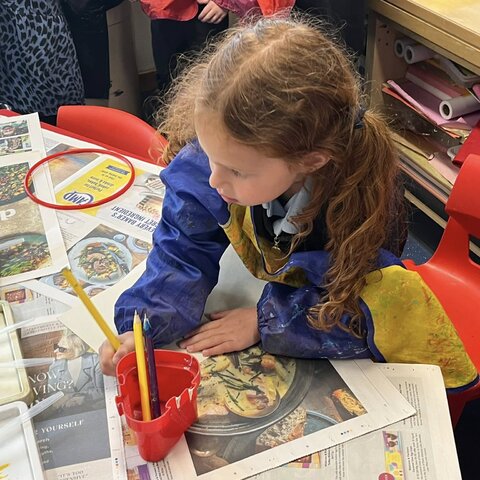
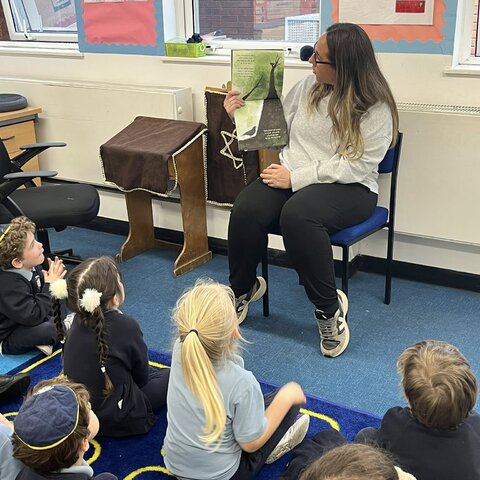
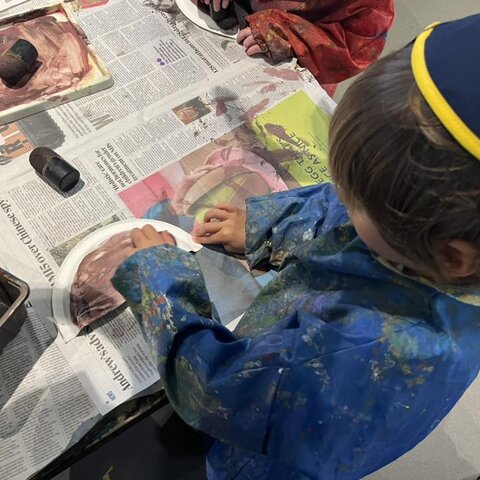
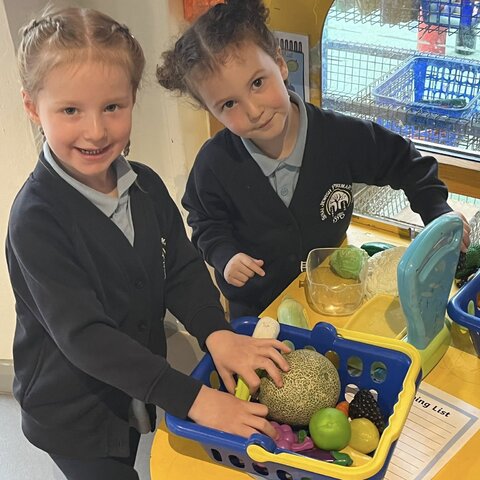
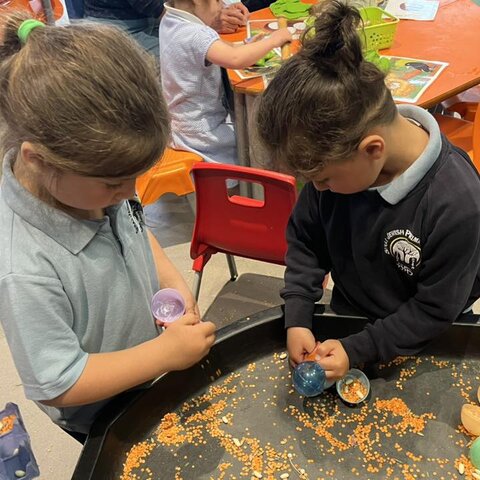
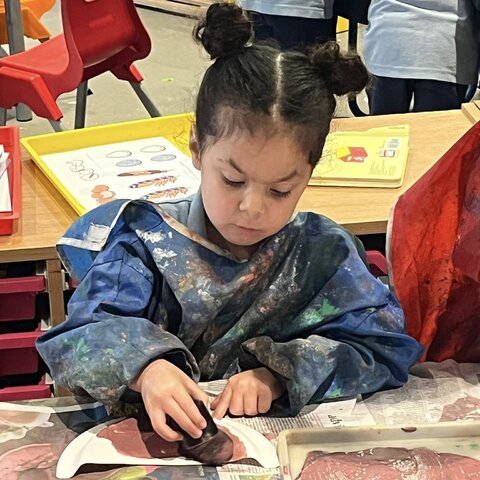
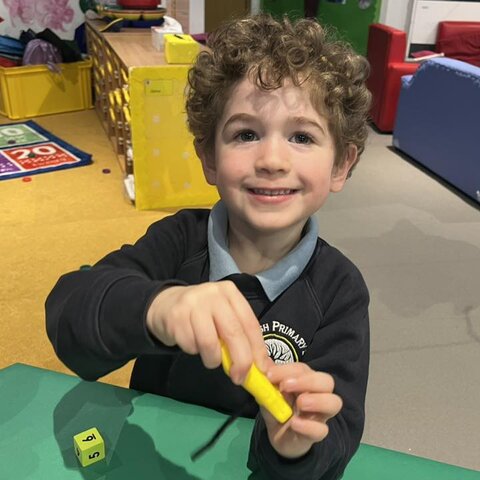

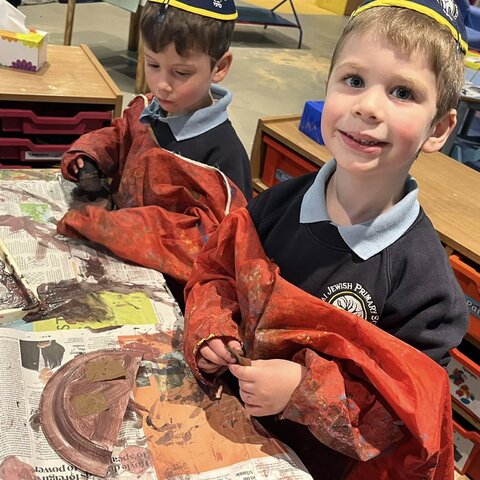
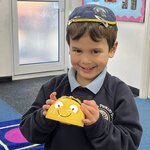
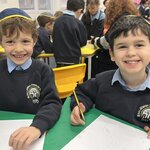

.jpg)
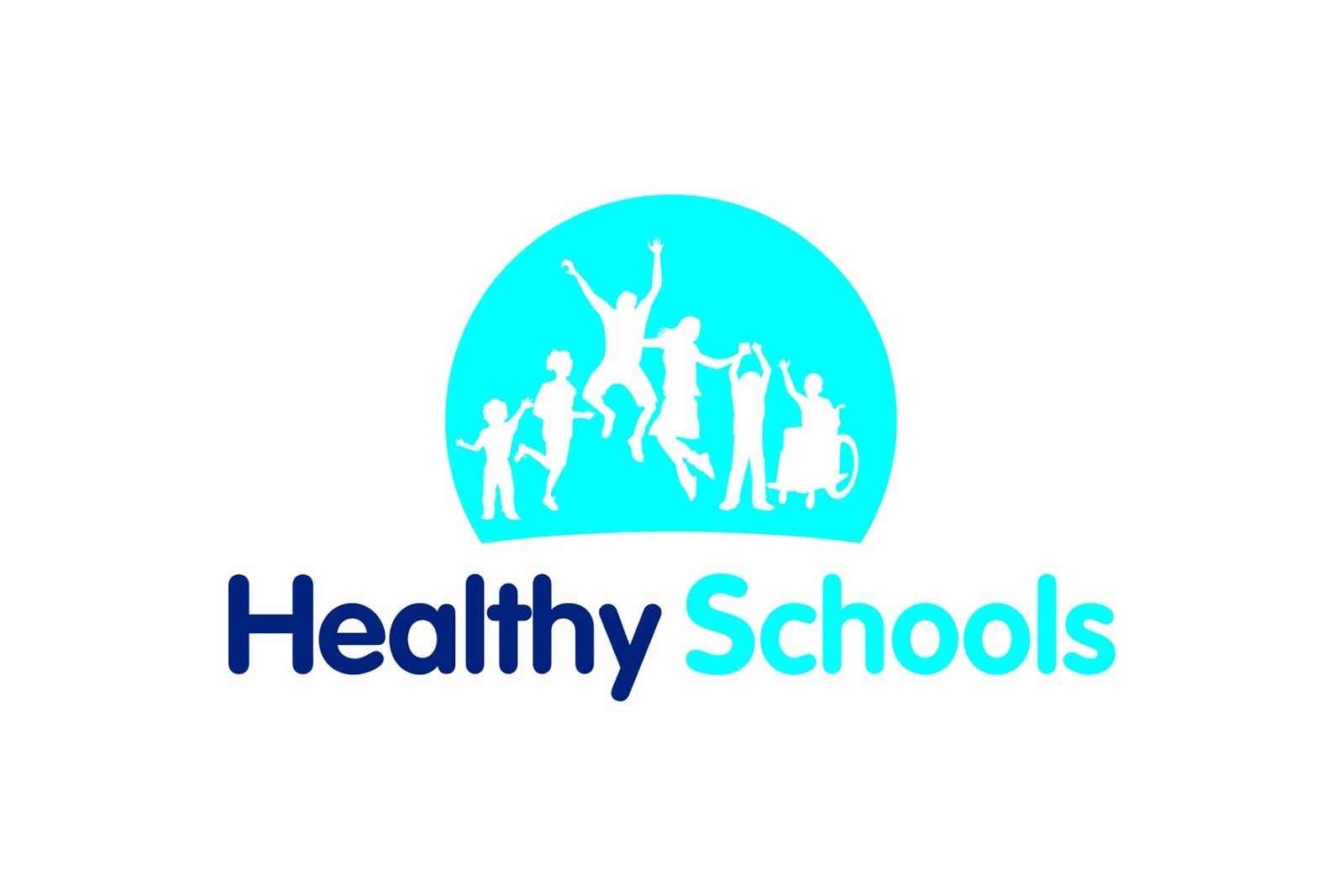

.jpg)
